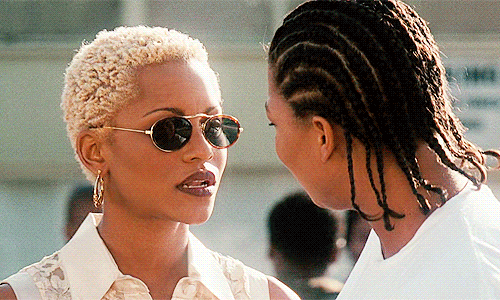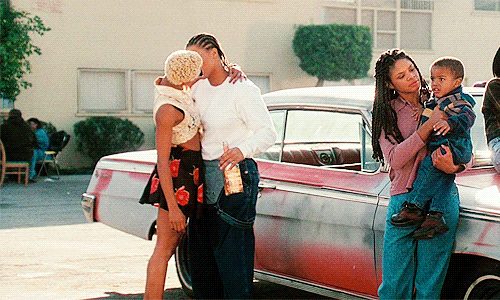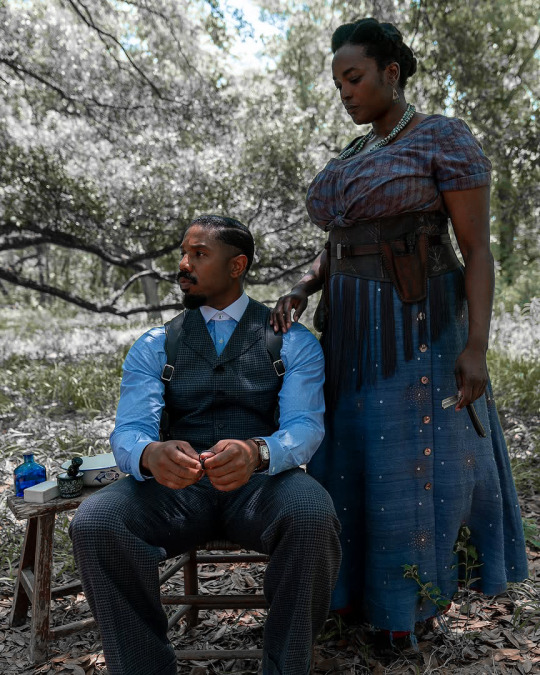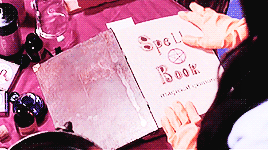32. NewJersian. Three-Fourths College Educated. Fuck Tall People. Asexual. Thiccc. #AllBlackLivesMatter
Last active 4 hours ago
Don't wanna be here? Send us removal request.
Photo



Set It Off (1996) dir. by F. Gary Gray
5K notes
·
View notes
Text
336 notes
·
View notes
Text




You know something? Maybe once a week, I wake up paralyzed… reliving that night. But before the sun went down, I think that was the best day of my life. Was it like that for you? No doubt about it.
SINNERS (2025) dir. Ryan Coogler
3K notes
·
View notes
Text

👀👀👀
Who can guess what this is going to be about!!!
107 notes
·
View notes
Text



Wunmi Mosaku and Michael B. Jordan at the New York City premiere of Sinners
4K notes
·
View notes
Text
Haint Blue and Indigo: The Colors of Annie and Smoke
This is by no means an extensive history of haint blue and indigo*, but I just wanted to dip a bit into how much is said just by looking at one layer of costuming for Sinners. In this case color—how it's able to convey just how deeply rooted Annie is to her heritage/history, and to me, how this case of colors shows so beautifully Smoke's connection to Annie and his love for her.


"There's that haint blue that Annie lives around as part of a spiritual color. So I took the haint blue and used it in her clothes. I wanted her to have these layers. You first meet her [...] She's a community person. She's a healer, a spiritual leader." - Ruth E. Carter, Costume Design for Sinners (emphasis mine)
Haint blue is a color seen painted on porches, doorways and windows in the American South. As the name suggests, it was believed (though the oral histories are difficult to come by beyond the 30s), to ward off evil spirits. Using haint blue, according to the Gullah-Geechee, tricked evil spirts into thinking they had come across water or sky, bodies they were unable to cross, therefore deterring them from crossing over the blue.
Annie's costume was infused with this color; the blue on her cotton blouse and her skirt belted with feathers and beads. When we're introduced to Annie, her home has a collection of blues: from the wooden panelling, scraps of fabric hanging in the background, and blue bottles strewn about. This infusion of haint blue in her home is also a deliberate choice as talked about by production designer Hannah Beachler.
*Corrections, whether through comments or reblogs, for this post are definitely welcome! I cite my sources at the end of this long post.
This type of blue is not a specific color but rather, it becomes Haint Blue when it is used for the purpose of warding off haints, a belief rooted in Gullah-Geechee beliefs. (Though for technicalites' sake, it is a range of blues -> blue greens). After the 1800s, this way of using blue trickled down from the Gullah-Geechees in South Carolina to places such Louisina where Annie is suggested to be from.

The Old Plantation (Slaves Dancing on a South Carolina Plantation), ca. 1785-1795. watercolor on paper, attributed to John Rose, Beaufort County, South Carolina
Blue has always had a fraught history with enslaved Native Americans and Africans. The production of indigo was a profitable commodity demanded by the British empire as early as the 18th century. This production of indigo however, while it oppressed, was also a way for Black and Native Americans to express their individuality, and for people such as the Gullah-Geechee, their spirituality. Annie continues to draw strength from her roots and it's incredible to see it so profusely in so many aspects of her character, including her clothes.

So here is where I deviate a bit from "canon" per se, or give some interpretation of Ruth E.'s and Coogler's "Smoke is blue." We talk a lot about how the movie does a great job of showing how, though Smoke wasn't completely "sold" on hoodoo, but that he did very much believe in Annie. And that trust between them goes beyond what Smoke's willing to communicate through words (he wears the mojo bag through the war, through Chicago, and removes it only when he's ready to die. How he let's her take the reigns when talking to Cornbread. How he follows through with his promise as painful as it was).
"Smoke is blue. Stack is red." - Ruth E. Carter explaining how Ryan Coogler first posed the characters to her as a jumping off point for costuming.
Whether or not it's a conscious knowledge, I like to think that he dresses in blue as an extension of that trust. That bond between Annie and Smoke and the protection that comes with it bleeds into something as "ordinary" as Smoke's choice of color. One can say that maybe the color reminds him of Annie, and I also think there's some argument to be made about the universe answering Annie's prayers of protection, wrapping Smoke in an extra layer, another ward against evil.
----
Sources:
Blue Roots by Robert Pickney
Red, White and Black Make Blue: Indigo in the Fabric of Colonial South Carolina Life by Andrea Freeser
Haint Blue, the Ghost-Tricking Color of Southern Homes and Gullah Folktales
What the Color ‘Haint Blue’ Means to the Descendants of Enslaved Africans
Interviews of Ruth E. Carter and Hannah Beachler linked in the pull quotes above.
852 notes
·
View notes
Text
It's a real one's birthday today.
I survived my junior year of college
I went to more places and stuff
I promised myself to be more gentle to myself
I went out of my comfort zone a lot
I was able to understand my feelings more
Year 31 tested me and I passed. Let's get through year 32 (my God am I old)

0 notes
Text








The Love Witch (2016) dir. Anna Biller
150 notes
·
View notes
Text

Photographer Debbie Parker captured this lightning strike in West Virginia. - Author: sco-go
10K notes
·
View notes
Text
I hate this jokes but I'm gonna steal it. Call it Grand Joke Auto 🤣 (throw all the tomatoes) 🍅
I am a huge fan of retiring to my quarters
206K notes
·
View notes









